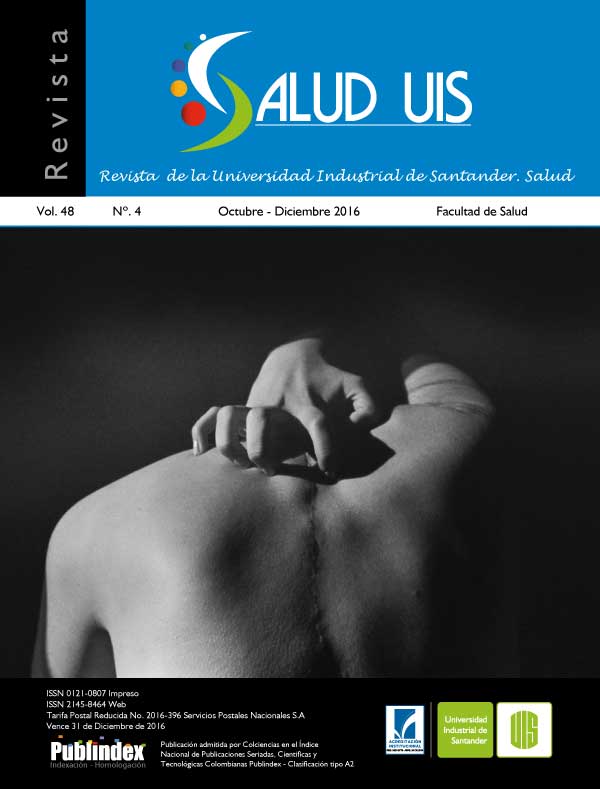Abstract
Introduction: University of Antioquia develops, in the Urabá region of Antioquia (Colombia), the program of Technology in Regency of Pharmacy (TRP), aimed at training in health promotion and disease prevention. Objective: To characterize the social relevance of the TRP program in the Urabá region, and its effect in health promotion and disease prevention. Materials and methods: cross-sectional study with descriptive metodology, in which four instruments were designed and aimed at graduates, employers, institutions and community in the region, to be applied by the students of the program in the region, for a period of six months. Results: Of 52 graduates surveyed, 51 were graduates of the region, and 48 of them were working, 42 in the region. Employers valued the contributions of the TRP, as good and excellent, in a 69.6%, 78.2% and 78.3%, for institutional performance, administrative and welfare, respectively. Related to the community, 212 of the 369 respondents identified the existence of the TRP in pharmacies/drugstores and they expected that she/he would give you information about the use of drugs. The social relevance was assessed as relevant and very relevant, in a 77.4%, a result that was similar to the relevance related to work. Conclusions: The study identifies a high degree of satisfaction with the functions of the TRP in pharmaceutical services and acceptance and identification of the TRF for the community. The TRP program is relevant in the region; its graduates are working in the region, performing duties commensurate with their training.

This work is licensed under a Creative Commons Attribution 4.0 International License.
Copyright (c) 2022 Olga Arroyave G, William Álvarez V., Pedro Amariles, Martha Vásquez Z., Beatriz Cardona Y.
